May-2015
Bumba meu Boi – Saint Marçal
Our friend and expert on the Bumba meu Boi game, Prof. Dr. Soraia Chung Saura, visited us here in Maranhão and she gifted us with beautiful descriptions of her visit:
I don’t think we had entirely recovered from Saint John and Saint Peter when we decided to see the celebrations of Saint Marçal, on July 30th, in the saint’s stronghold, João Paulo. We talked about ancient parties that have been celebrated in the city for over 100 years, and we couldn’t miss the opportunity to witness it. But who is Saint Marçal? And why on João Paulo, this endlessly long avenue? A reveler tells us the church disowned the saint and his altar was removed from that place. The faith on this saint of dubious origins nevertheless persisted and his miracles have been extolled for years on end, and so they keep having the boi parties with the island’s accent in the same place every year.
Now the revelers take over the avenue and the day, from morning until late afternoon, come rain or sunshine. And, in this case, what sunshine! It could vanquish any partying impetus. But the scene is almost like fiction: a costumed crowd amid the hubbub of a street fair. Street hawkers, all types of carts and services, sound cars, instruments, balloons and little bulls spinning endlessly, craftsmen on the floor making noisemakers for those who came unprepared. A broth made of egg, shrimp, sururu (a type of shellfish), dried shrimp, quail eggs, serves as a reinvigorating tonic for any dissipating spirits. It was a mob scene.
We held tightly to the kids’ hands, there were so many people we hesitated. But we walked on, seduced by characters we saw in the distance. One of the most impressive is the Caboclo de Pena, a classic figure in this game. Imposing and impressive, they dance in violent circular movements, spinning around the axis of their own existence. His large and spacious presence comes from the circumference of his huge horizontal hat, with over 40 inches in diameter, made of feathers facing downwards. They carry approximately 22 pounds of feathers, 18 of those on their head. Ostrich feathers, brought from afar and sewn one by one, create the shape that cloaks the person in an invincible disguise, transforming his common and vulnerable human condition into an enchanted one. “The Caboclo de Pena doesn’t show his eyes.” His movements recall an ancestry common to us all, the unforgettable image of a wild being. When we see the Caboclo, we remember. Standing next to one is like being in an irresistible storm. The Caboclo’s dance blows, blows, lifts streamers into the air, sends gusts of wind into the children’s faces. I had never seen so many at once! And under this scalding sun, other characters parade jovially across the avenue as if the weather was mild: the indians, also in their imposing feathers, the little donkeys often mounted by children, the cowherds, all the musicians and, of course, the bulls.
The images form and disband in front of us, the revelers don’t parade in this game, they play with each other. Powerful characters, powerful narratives and images. We don’t play, we’re very happy to participate by watching. This is the last party in this cycle of June festivities. We left them very different from when we came in: with the same sense of renovation and accomplishment described by the cowherds, stronger than ever for the challenges of the year. The farewell, circularly, already announces our return. Just as a lady reveler told Renata: “This is our life!” And so, until next year.
Text: Soraia Chung Saura
Photos: Renata Meirelles
. 0



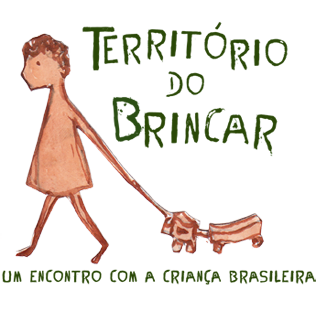
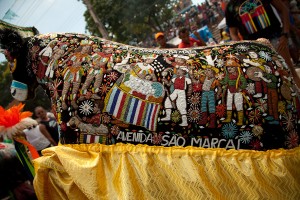
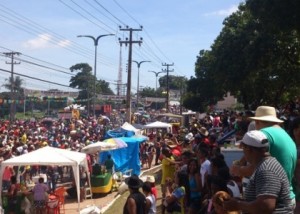
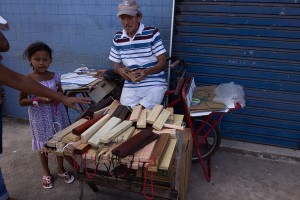
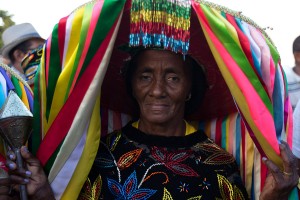
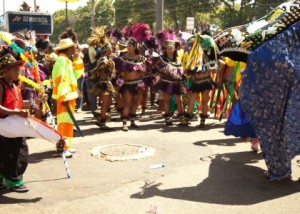
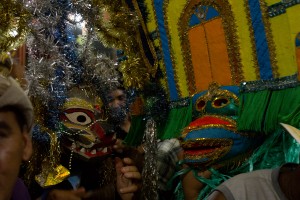


Leave a Reply